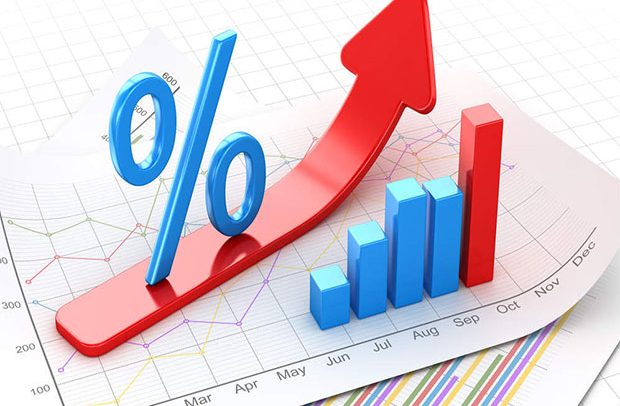The Bank of Ghana (BOG), has dropped policy rate by 200 bases points to 27% as a result of improved macroeconomic conditions.
The Governor of the Bank of Ghana, Dr. Ernest Addison who announced the decision at a news conference in Accra said headline inflation has picked up coupled with reduced inflation which provides a robust fiscal policy implementation supportive of growth.
“The external environment has improved since the last Monetary Policy Committee (MPC) meeting as global economic activity remained resilient in the second quarter of 2024. Growth was supported by private and government spending, a resilient services sector and declining oil prices,” he said.
“The anticipated policy easing cycle initiated by major central banks in advanced economies, in response to declining inflation rates have also been supportive of growth. These conditions are favorable for the domestic economy,” he said.
The Central Bank also mentioned that core inflation has also declined sharply over the same comparative period by 6.9 percentage points suggesting ongoing disinflation process adding that the Bank’s main core measure of inflation, which isolates prices of energy and utility items from the consumer basket, eased to 19.4% in August 2024 from 22.1% in June.
The Governor also said latest forecasts show that inflation will continue to ease towards the range target of 13-17% for the year and steadily track back towards the medium-term target of 6-10% by the end of 2025, barring unanticipated shocks.
At the current juncture, the committee judged the risks to inflation outlook as fairly balanced while monetary conditions have remained tight and supportive of the disinflation process.
He further noted that there was a stronger growth outturn than expected real GDP for the second quarter of 2024 with real GDP growing by 6.9% compared with 2.5% in the corresponding factor of 2023 and 4.7% first quarter of 2024 compared by macro economic conditions.
The Central bank indicated that exchange rate has also stabilised in recent times driven by tight monetary policy stance and improved forex liquidity support with a slower pace of the depreciation of the cedi at 7.1% in the second half of the year in recent times against the US Dollar.
Global growth continued at a steady pace in the second quarter of 2024, supported by stronger spending, a resilient services sector, and declining crude oil prices.
“However, continued weakness in the manufacturing sector, moderating growth momentum in China, cooling labour markets in advanced economies, escalating geopolitical tensions, and rising uncertainties related to elections in many countries could potentially weigh on growth prospects in the second half of 2024”. he pointed out.
By Ebenezer K. Amponsah


